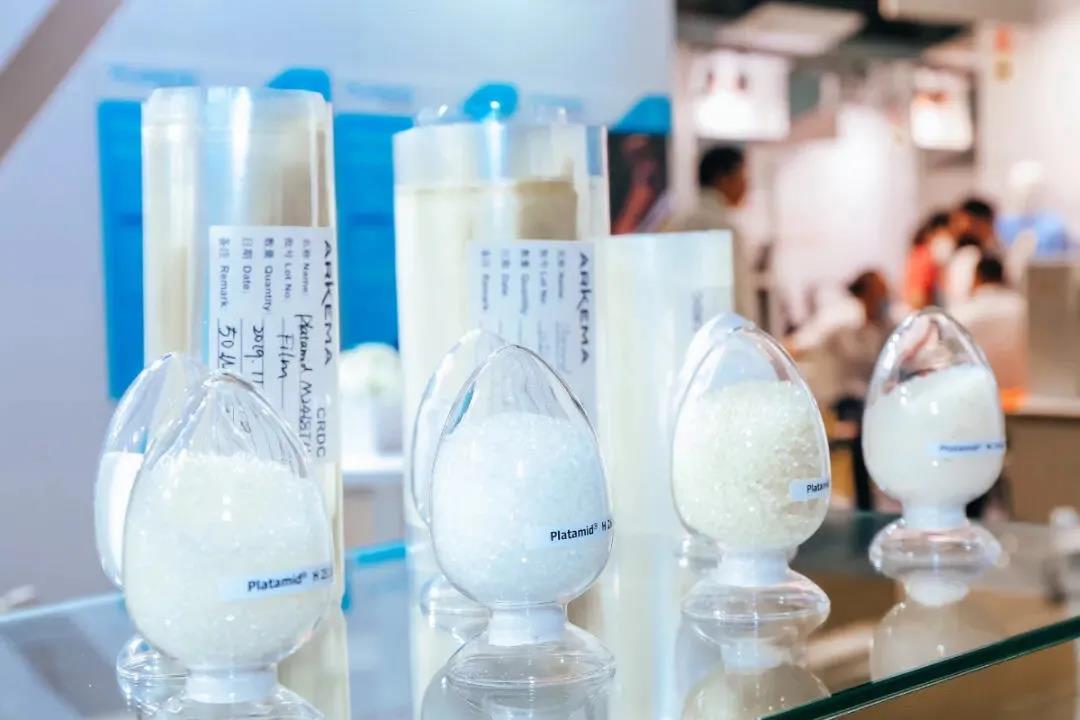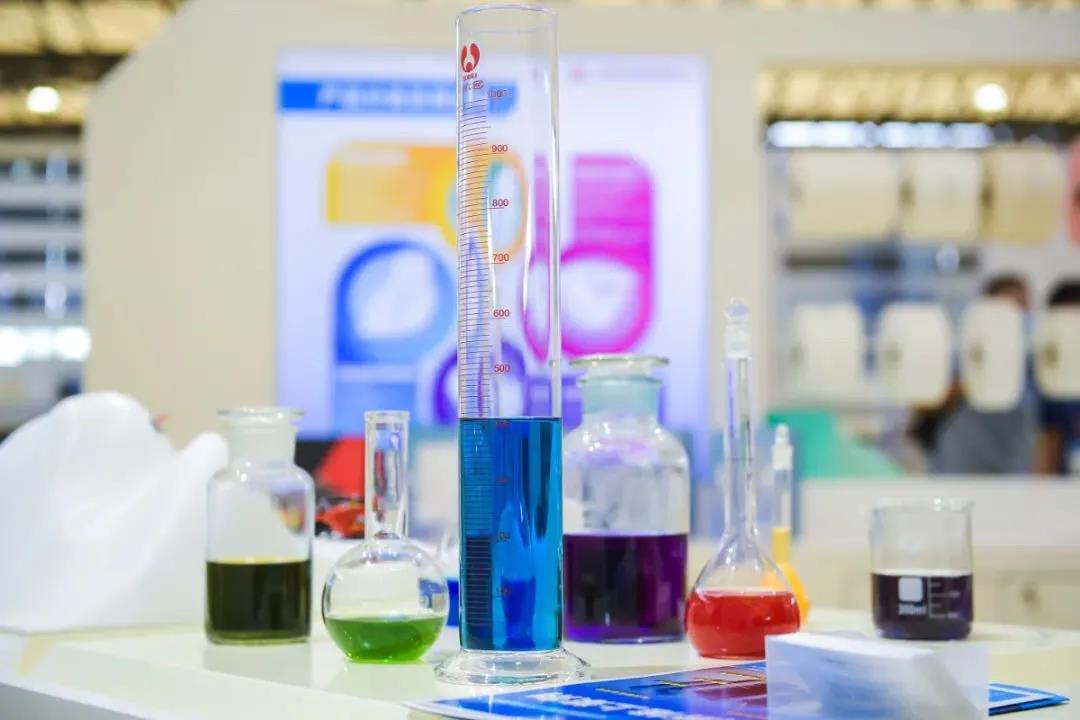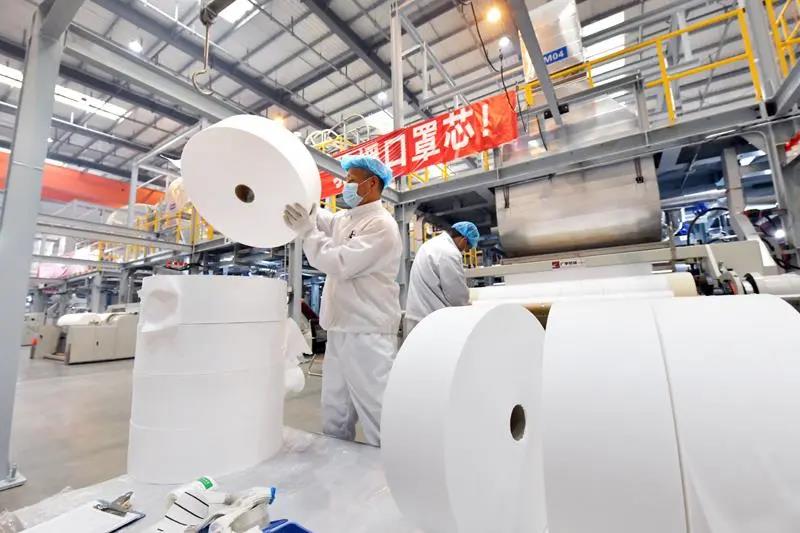In January 2021, in order to further strengthen the control of plastic pollution, the National Development and Reform Commission issued the most stringent 'plastic ban' in history. Since the introduction of the new 'plastic ban' in January 2020, the introduction of the provincial 'plastic ban' policy has been significantly accelerated, and many provinces and regions have successively issued local 'plastic bans.'
From the 2008 'plastic restriction order' to today's 'plastic ban', under the policy overweight, step by step, environmental protection action is imperative.

In today's world, green development has become an important trend. The concept of green development is deeply rooted in the hearts of the people, and green development will become an important starting point for sustainable development and economic structural transformation. After years of green innovation and development, the nonwoven industry has continued to promote the transformation and upgrading of the textile industry, and has gradually become an important force for the continuous improvement of China's industrial textile industry and the entire textile industry.
At present, the ecological environment and economic environment are undergoing profound changes. Green development, green products, and low-carbon environmental protection have become important issues for industrial development. In the context of global green production and responsible consumption, the nonwovens industry is facing higher requirements from supervision, environmental protection organizations, supply chains and consumers. Green development has become the top priority for the future development of the industry.
Achieving the green development of the non-woven industry is not only an urgent global requirement, but also an inevitable choice for my country’s economic and social development, and it is also the key to the sustainable development of the industry. Achieving the green development of the non-woven industry is to create value, focus on the long-term, and integrate into the international Circulation, and a major event in which it has a foothold and dominates.
Achieving the green development of the non-woven industry is an important way to promote consumption upgrades, and an important link in promoting the consumption preference of technology, green and product functional attributes; realizing the green development of the non-woven industry will help the industry break through the international green trade barriers and enhance the overall An important means of industry competitiveness.

As far as the research and development of non-woven products is concerned, the polymer direct-laid non-woven technology has been continuously developed and widely used in many industrial and civilian fields due to its simple process and short production process, especially by spunbond and meltblown nonwovens. The protective performance of protective articles made of woven materials in special periods has been confirmed by people, so the demand for them has increased sharply.
However, at present, nearly 90% of polymer direct-laid nonwoven materials are made of polypropylene (PP), and some are made of polyester (PET). These synthetic materials are derived from natural petroleum and are non-renewable. Resources, and cannot be degraded in the natural environment, so its waste disposal has caused many environmental problems. The waste of PP polymer direct-laid nonwoven materials is also included in this list.
Promoted by the new crown pneumonia epidemic, the market demand for masks and protective spunbond and meltblown nonwovens has surged, and the disposal of PP spunbond and meltblown nonwovens waste has also been put on the agenda. Due to its 100% complete biodegradability and excellent biocompatibility, PLA has successfully ranked among the new generation of 'green' fibers in the 21st century.
In order to protect the environment and save resources, direct-laid polymer nonwovens also urgently require green raw materials. Among many biodegradable materials, PLA has undoubtedly become the preferred raw material for preparing biodegradable nonwovens. Domestic and foreign industry enterprises have accelerated the process of improving the performance of PLA spunbond and meltblown nonwoven materials.
As far as the application of nonwoven products is concerned, with technological progress and equipment improvements in recent years, as well as the adjustment of energy structure, the energy consumption of spunlace nonwovens has dropped significantly. With the advancement of spunmelt technology and the improvement of drafting equipment, the modification of raw materials, the energy consumption of spunbonded and meltblown nonwovens has also dropped significantly.

Spunbond meltblown non-woven fabric production energy consumption technical standards, covering raw materials such as polyester, polypropylene, PLA, nylon, polyethylene or other synthetic fibers, etc., and formulating relevant non-woven fabric unit product energy consumption quotas based on the above process technology Energy consumption parameters.